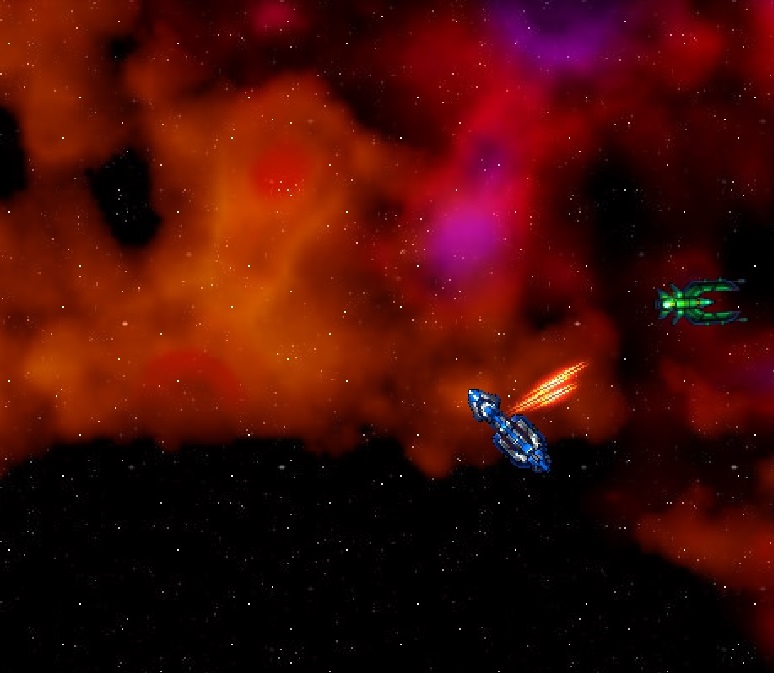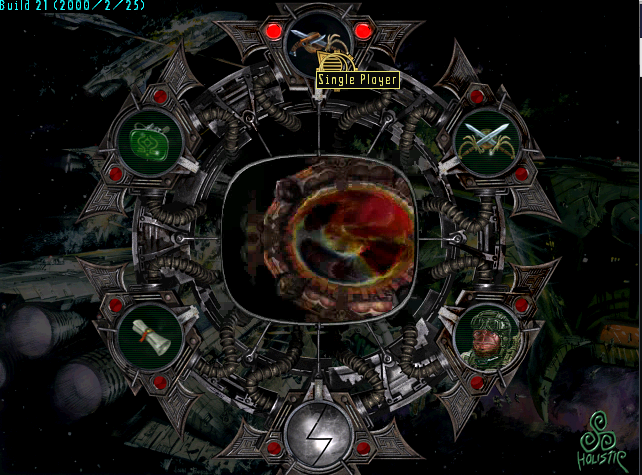"Realistic" Movement in a Space Combat Game
How do you have realistic movement in a space combat game? Well, unless we have actual battles between the planets, we really won’t know. Fading Suns: Noble Armada makes it a key part of the game

This Developer Diary was originally posted at http://andrewgreenberg.com/2017/12/fsna-realistic-movement-in-space/
How do you have realistic movement in a space combat game? Well, unless we have actual battles between the planets, we really won’t know. Until that time comes (and let's hope it is long after we actually start regular trips between worlds), we can make some suppositions.

Since there is almost no friction in space, ships cannot stop on a dime (or a Firebird). Instead, they must fire their thrusters to move in a certain direction. When they want to change their direction, even the slightest amount, they must apply thrust in a new direction that takes into account their current velocity.
In the Fading Suns universe, most human ships have rear thrusters. When they need to change direction, they use maneuver jets to change their facing, and then apply thrust in that direction.
In FSNA, we simulate this by allowing you to change facing freely, but your rear thrusters take time to replenish before they can use full thrust again. Thus players have to take care to use just the right amount of thrust to reach their goal. Too much, and they may drastically overshoot. Too little, and they may suffer several broadsides while getting into position.
In our next Developer Diary, we will cover the thinking behind our user interface.
What game have you played that handled player maneuvering in an innovative way?
What is Fading Suns: Noble Armada?
Holistic Design Inc. first released the Fading Suns universe in the role playing game of the same name (Check out Ulisses Spiele’s plans for the tabletop game). Emperor of the Fading Suns was our first computer game set in the universe. A few years later we began work on the Noble Armada computer game, to be published by Panasonic Interactive Media.
Designed as a mix of RPG and strategy game, Noble Armada had a single-player storyline designed for at least 40 hours of game time. Players would build a massive fleet, enjoy a multiplayer mode, undertake quests, sell and trade as part of a robust economy, and much more.
 Start screen for original Noble Armada computer game
Start screen for original Noble Armada computer game
Unfortunately, Panasonic Interactive proved a short-lived venture, as was the next publisher to whom we took the game. We shelved the computer game and instead released the Noble Armada miniatures game.
Fast forward more than a decade, when I met Chris Carson as he developed Vincere Totus Astrum. While we had no publisher to fund development on a new Noble Armada game, he was helping improve the Fusion engine. We discussed a much less ambitious project, one that focused on recreating the miniatures game.
For this we focused on the movement and combat engines rather than an epic campaign. Rather than 40+ hours of game play, we envisioned five-minute play experiences that could occur on PC or mobile devices.
We still wanted story and fleet building, but not nearly on the scale of the other game. Now FSNA follows a quick story arc, with some fun ways to modify a ship, and a focus on quick thinking and good tactics.
I have always been delighted by the Venn diagram that is the Fading Suns community. Some prefer roleplaying, some strategy games, some live action, some the fiction, but there is a wonderful overlap between them.
Read more about:
BlogsAbout the Author(s)
You May Also Like













